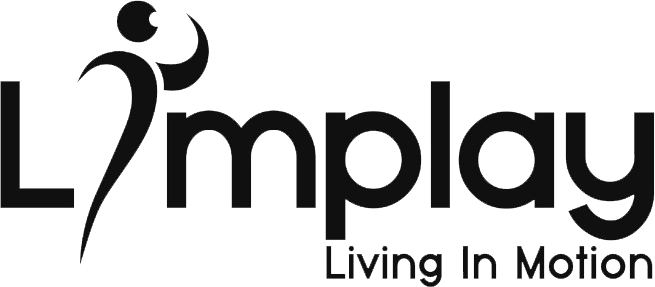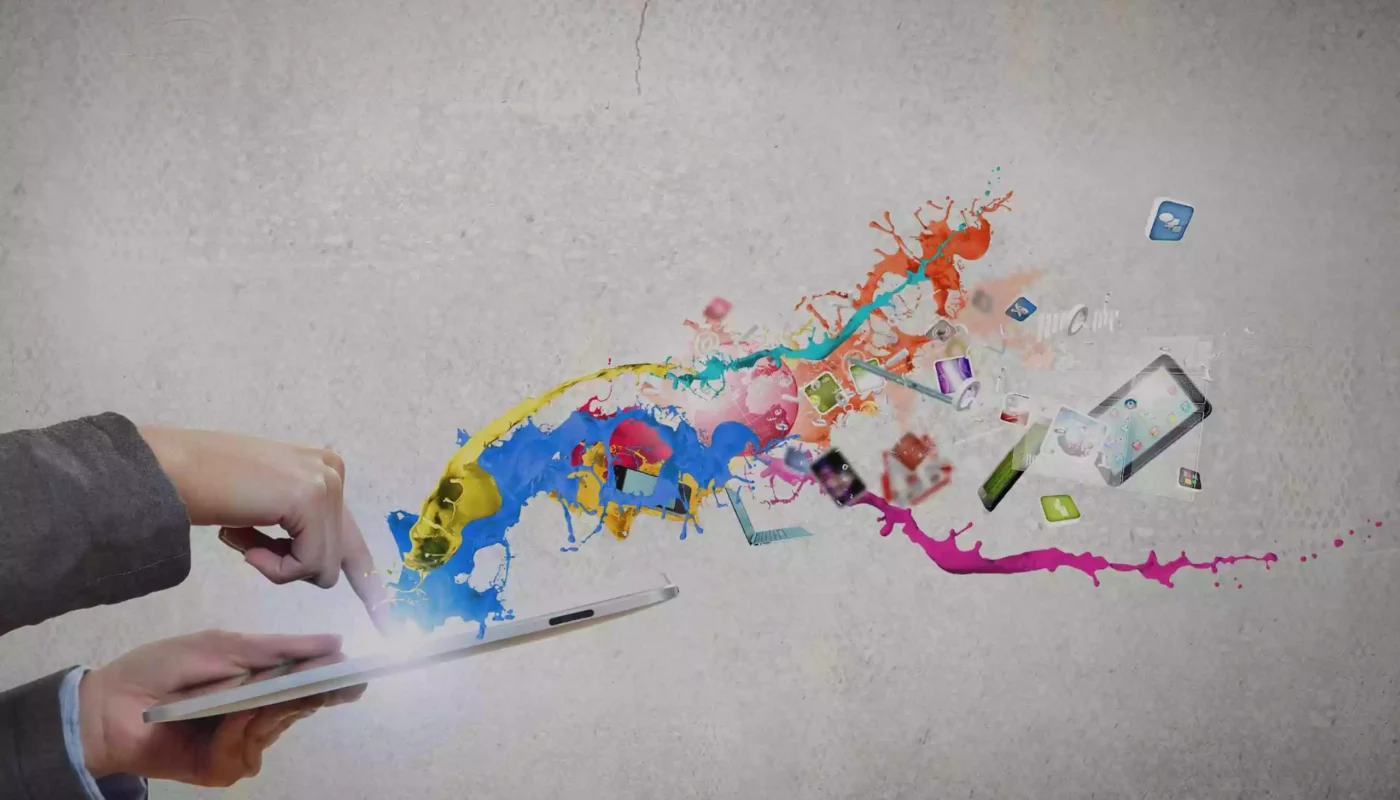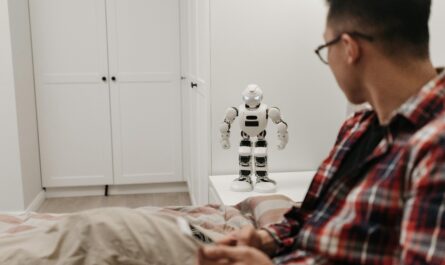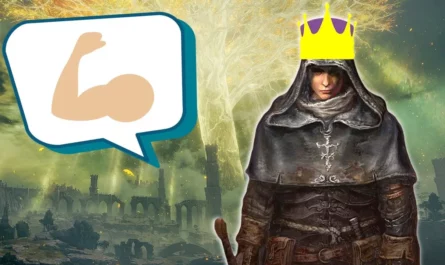The intersection of technology and art creates new frontiers in creativity. Digital tools empower artists to explore innovative expressions.
Technology and art blend seamlessly to foster groundbreaking creativity. Digital platforms, virtual reality, and artificial intelligence redefine artistic expression. Artists now use advanced software and interactive installations to captivate audiences. This fusion enhances both the creation and consumption of art.
Tech-driven art forms, like digital painting and 3D modeling, revolutionize traditional techniques. Virtual galleries and online exhibitions expand accessibility, reaching global audiences. These innovations break barriers, offering limitless possibilities for artists and viewers alike. The synergy between technology and art shapes a dynamic, evolving landscape, pushing creative boundaries further than ever before.
Blurring Lines Between Art And Technology
Technology has become a new canvas for artists. Digital tools offer more freedom to create. Virtual Reality (VR) allows for immersive art experiences. 3D printing lets artists bring digital designs to life. Artificial Intelligence (AI) can now create stunning artworks. These tools expand the boundaries of what is possible. Artists can now reach global audiences with ease.
The role of the artist is changing. Many artists are now also technologists. They learn coding and software skills. These skills help them create innovative artworks. Some even build their own tools and platforms. This shift blurs the lines between art and tech. The fusion of these fields is leading to exciting new possibilities.
Historical Context: From Paintbrush To Pixel
Artists always seek new ways to create. Early innovations included simple tools like the paintbrush. The camera brought a huge change in art. Photography became a new way to capture moments. Later, machines helped artists carve and sculpt with precision. These early technologies expanded what was possible in art.
| Year | Innovation |
| 1960s | First computer-generated art |
| 1980s | Introduction of graphic design software |
| 1990s | Rise of digital photography |
| 2000s | 3D printing becomes accessible |
| 2010s | Virtual reality art experiences |
Emerging Disciplines At The Nexus
Algorithmic art uses computer code to create images. Artists write programs that generate patterns and forms. Generative design involves algorithms that help create new designs. These designs can change based on set rules. Both fields allow for endless creativity.
Interactive installations let people engage with art. These works react to movement and touch. Virtual experiences use VR and AR to immerse viewers in new worlds. Artists can build entirely digital environments. Both mediums create unique art experiences.
Artificial Intelligence In Art Creation
Machine learning helps artists create new kinds of art. Computers learn patterns and styles. Artists can then use these patterns to make unique works. This process saves time and offers new ideas. Collaboration between machines and humans can lead to amazing results. Artists still play a key role. They guide the creative process and make final decisions.
AI-generated art raises many questions. Who owns the art created by a machine? Is it the artist, or is it the programmer who made the AI? These questions need clear answers. Copyright laws do not always cover AI art. People worry about job loss too. Some think machines might replace human artists. Others believe new jobs will be created.
The Economic Impact On The Art World
Digital art is growing fast. Many artists now sell their work online. This opens up a global market. Artists can reach buyers everywhere. The internet helps artists show their work to more people.
Online platforms make it easy to sell art. Artists can set their own prices. They can also keep more of the money from sales. This is good for both artists and buyers.
NFTs are a new way to own art. An NFT is a digital token. It shows who owns a piece of digital art. This means the art is unique.
NFTs help artists prove their work is original. Buyers know they have the real thing. This makes digital art more valuable. Artists and collectors both benefit from NFTs.
Educational Shifts: Preparing New Age Artists
Schools now include technology in art classes. Students learn coding alongside painting. This helps them create digital art. Virtual Reality (VR) tools are used for sculpture projects. These changes make learning fun and innovative.
Colleges offer new degrees that mix art and tech. Students can study game design or digital media. These programs prepare them for modern jobs. They learn both creative and technical skills. This makes them more versatile.
Case Studies: Pioneers Of Tech-art Integration
TeamLab Borderless uses digital technology to create immersive experiences. It blends light, sound, and movement. The art pieces interact with visitors. This changes the traditional art viewing experience. It has inspired many other artists and technologists.
The Rain Room by Random International is another example. It allows people to walk through rain without getting wet. Sensors detect your movements. This creates a sense of wonder and amazement. Art and technology combine to create new experiences.
Rafael Lozano-Hemmer is known for his interactive installations. He uses technology to make art that responds to the public. His work often involves light and shadow. This creates a unique and engaging experience.
Beeple, a digital artist, became famous for his Everydays project. He creates a new piece of digital art every day. His work has been sold as NFTs. This has changed the way we view and sell art. He is a leader in the tech-art space.
Future Prospects: What’s Next For Tech-art?
Artists now use AI and VR to create new kinds of art. 3D printing helps make sculptures faster and more detailed. Augmented reality (AR) brings art to life in public places. Digital art is becoming more popular and accessible. Blockchain helps artists sell and protect their work. Interactive art lets people be part of the creation process. These trends will grow in the future.
Art-tech needs to be eco-friendly. Artists should use recycled materials and energy-efficient tools. Sustainable practices help protect the planet. Digital art reduces waste compared to traditional methods. Eco-friendly tech helps save resources. Artists can promote sustainability through their work. This can inspire others to care for the environment.
The fusion of technology and art is reshaping creative boundaries. Artists now have endless possibilities to innovate and inspire. Embracing these advancements can lead to groundbreaking works. The future of creativity lies in this exciting intersection, offering a world of new frontiers to explore.
Stay curious and keep experimenting.




